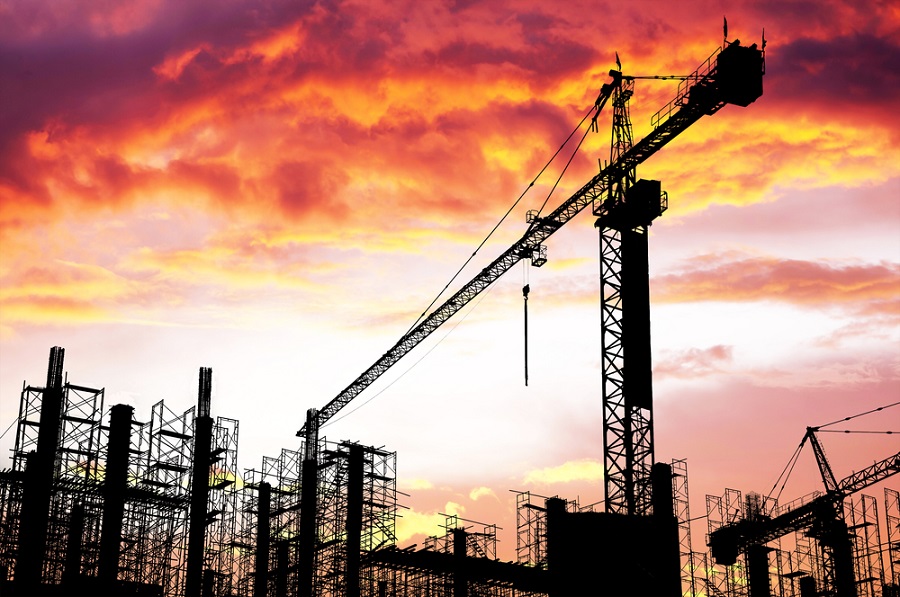RIO DE JANEIRO, BRAZIL – One of the drivers of Brazil’s economic recovery last year, construction is losing steam. The Gross Domestic Product (GDP) of Construction in 2022 is expected to grow 2%, representing a deceleration compared to 2021, when it rose 8%.
The projection is in line with the Brazilian Chamber of the Construction Industry (CBIC), which also expects a 2% increase for the sector’s GDP this year.

Both entities project the creation of 110,000 jobs in the sector in 2022, against 246,000 in 2021 and 98,000 in 2020.
After record sales and launches of residential properties in the past two years, the sector is experiencing a turnaround. Interest and inflation have significantly risen and are now hindering new deals.
About a year ago, financing for R$200,000 (US$36,000) to buy a home was possible with interest rates of 6.25% per year. This required a minimum household income of R$5,200 and a down payment of R$1,500. Today, the same loan has a 9% annual rate, which requires an income of R$6,600 (27% higher) and a down payment of R$ 2,000 (+33%), according to Sinduscon/FGV calculations.
“The decision to buy a property is related to the purchasing power and the perception of risks and uncertainties,” said FGV’s coordinator of construction studies Ana Maria Castelo. “And the rise in interest rates will certainly have an impact on contracting.”
According to the researcher, there was a drop in supply and demand for materials at the end of last year. Families had been looking for materials for renovations and small domestic works, but widespread inflation began to inhibit consumption.
The prospects of a weaker Brazilian economy as a whole and the increased perception of risks are also affecting the sector. Sinduscon-SP vice-president of Economics Eduardo Zaidan said that the “picture is not good.” “Inflation will be lower this year than last, but it doesn’t mean that we are free of maladjusted inflation,” he said.
He also said that the presidential elections will lead to a period of uncertainty, particularly with the scenario as polarized as it currently is. “And we still have the fiscal concern that forms the backdrop of Brazilian problems,” he added.
A similar view is shared by Inter Research construction analyst Gustavo Caetano. “With the latest figures observed, we believe that the resumption of construction activity is directly associated with a more favorable macroeconomic scenario, but which still remains volatile given the current fiscal uncertainties and the approaching electoral debate,” he said in a report.
ON THE BRIGHT SIDE
New residential construction sites in place of sales stands will be responsible for sustaining the construction GDP this year. Cities like São Paulo, for instance, had record launches in 2021 and 2020. Generally, construction starts about six to nine months later.
From there comes material and equipment purchases, hiring of labor and services, which increase the sector’s GDP. “The level of activity we see today will be maintained for as long as the construction work lasts,” said Zaidan. There are also better prospects for infrastructure works, which have been neglected since the beginning of the pandemic.
Calculations for construction GDP do not yet consider the effects of the new Covid surge. For now, developers have not perceived relevant impacts, but this is a point of attention.
“There is some absence (of workers), but it’s not like in March or April 2020, when up to 30% of the workforce was lost,” Zaidan said. He explained that at that time workers were on leave for 14 days, while today it is 7 to 10 days. “But it is one more fact to disrupt the productivity of works,” he said.

